The release of the explosive biopic Oppenheimer has driven a resurgence of interest in the nuclear bomb that the title physicist was the driving force behind creating. The awesome power of the bomb has been muddied by years of history and lack of use, but the fact remains that nuclear weapons can deliver destruction on a level that is almost impossible to comprehend without seeing ⏤ and even then, it’s hard to truly understand the scale of sheer ruin that the impact of the bomb had thanks to the ensuing radioactive fallout.
Of course, “Fat Man” and “Little Boy” (as the two bombs dropped on Japan were nicknamed) weren’t just developed in theory and then used without testing. Even the U.S government has some standards, especially when it comes to weaponry and warfare. In Oppenheimer, we see just how the bombs were tested and observed, but how did the scientists and government officials tasked with watching the bomb protect themselves from its immense power? And what happened to those poor people who were living near where the blast took place, given that we know that the long-term effects of the bomb on health can be just as destructive as the initial blast, albeit on a longer scale?
Where did the nuclear test in Oppenheimer take place?
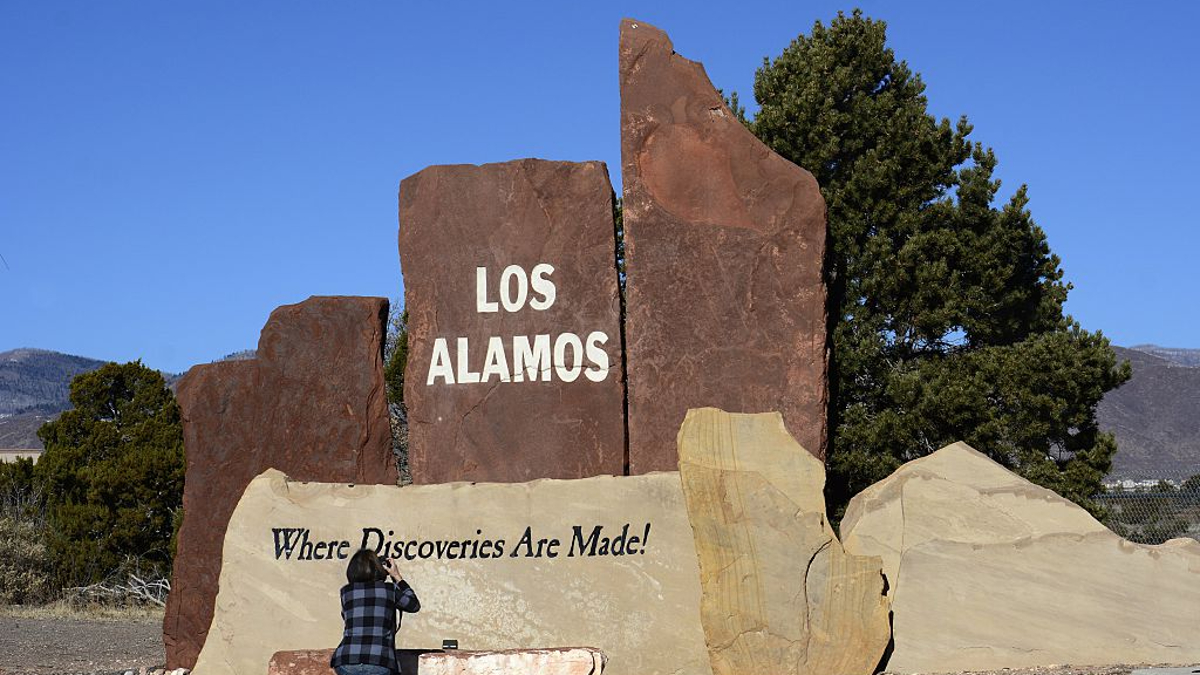
The first-ever bomb test was nicknamed Trinity, which Oppenheimer claimed was a reference to the poet John Domme (most famous for the line “no man is an island”) and took place at a site located 210 miles south of Los Alamos, New Mexico. The site was tucked away on the Alamagordo Bombing Range in a spot nicknamed the “Jornada del Muerto,” or “Journey of Death.”
The actual town of Los Alamos was the home of the secret lab that housed the Manhattan project and the location of the test site was chosen thanks to the combination of being close enough to the center of operations that travel time wasn’t exorbitant but also far enough away from civilization that the initial blast wouldn’t engulf any settlements. After multiple dates were put forward and rejected on various grounds (too far away, weather being bad, etc.), the date of July 16 was chosen. This was because President Truman wanted the test to have taken place before he went to the Potsdam Conference and it was unlikely to be stormy, which scientists believed might make the radiation from the bomb spread further than it normally would.
Observers, including Oppenheimer himself, were located in three separate observation bunkers around the blast site, all 10,000 yards (just over five and a half miles) from where it was due to be detonated. Multiple other observers were situated in various places around the blast, including two pilots who were tasked with viewing it from the air. However, the bunker observers were by far the closest, and as a result most likely to suffer from any issues.
The bomb was placed on top of a tower and detonated at exactly 05.30 on July 16, 1945. The blast released 18.6 kilotons of power. As a comparison, the V2 rockets used by the Germans in the war released 750kg. The bomb instantly vaporized the tower it was on and turned the surrounding sand and asphalt into a radioactive green glass, later called Trinitite. Within a few seconds of the explosion, a huge, hot shockwave swept across the desert, knocking some observers to the ground.
Witnesses as far as 200 miles away reported seeing the bomb, with some saying the blast lit up the entire sky as if it were daylight. One of the observers was General Leslie Groves, who described the moment in a memorandom to the secretary of war:
“At about two minutes of the scheduled firing time all persons lay face down with their feet pointing towards the explosion. As the remaining time was called from the loud speaker from the 10,000 yard control station there was complete silence. Dr. Conant said he had never imagined seconds could be so long. Most of the individuals in accordance with orders shielded their eyes in one way or another. There was then this burst of light of a brilliance beyond any comparison. We all rolled over and looked through dark glasses at the ball of fire. About forty seconds later came the shock wave followed by the sound, neither of which seemed startling after our complete astonishment at the extraordinary lighting intensity.”
How did observers protect themselves during the nuclear test?
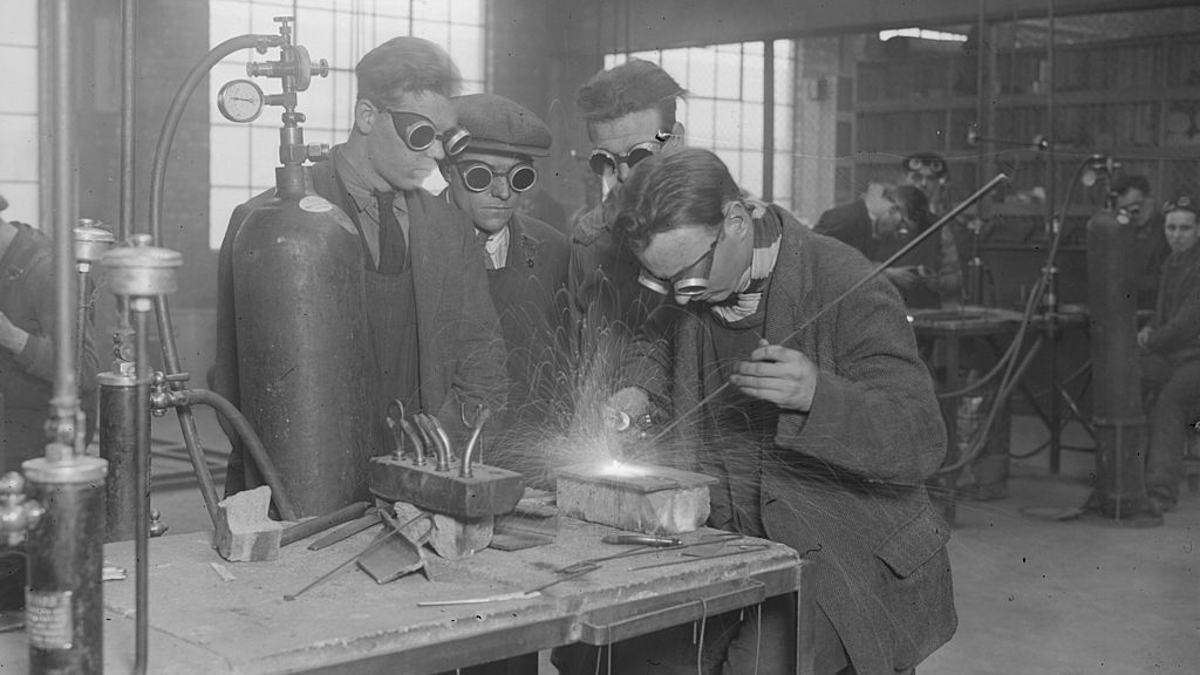
As mentioned in the above quote from General Groves, the multiple observers who viewed the nuclear test had a number of methods of protecting themselves from the blast, although much of this was theoretical, as nobody knew quite exactly how Trinity would turn out. The uncertainty was such that Oppenheimer and Groves chose to watch the test from different spots so the project could continue in case one of them was killed in the blast. Some even believed the blast could theoretically ignite the atmosphere and destroy the planet, but that possibility was seen as highly unlikely. Scientists involved in the project reportedly had a betting pool about the size of the explosion.
The major concern most had was radiation. As the test approached, Groves tried to ensure that those within a 40-mile radius were all evacuated and that various contingency plans were in place in case radiation was worse than expected. This was mostly to escape legal liability in case there were future issues with radiation (spoiler alert: there were).
On the day of the blast, most people in the lead-lined bunkers protected themselves by lying down with their feet toward the explosion. Others wore sunglasses covered by welder’s glass to shield their eyes from the radiation as well as gloves and other protective gear. (Welding glass is also often used during an eclipse so viewers can look directly at the sun). However, some of those who didn’t use the glass noted just how blindingly bright (and surprisingly colorful) the explosion was. Those protected by the glass were able to see the shape of the mushroom cloud form in real time. Some of the cameras used to film the explosion were also encased in lead bunkers and were removed by people in lead-reinforced tanks.
Were Los Alamos residents affected by radiation?
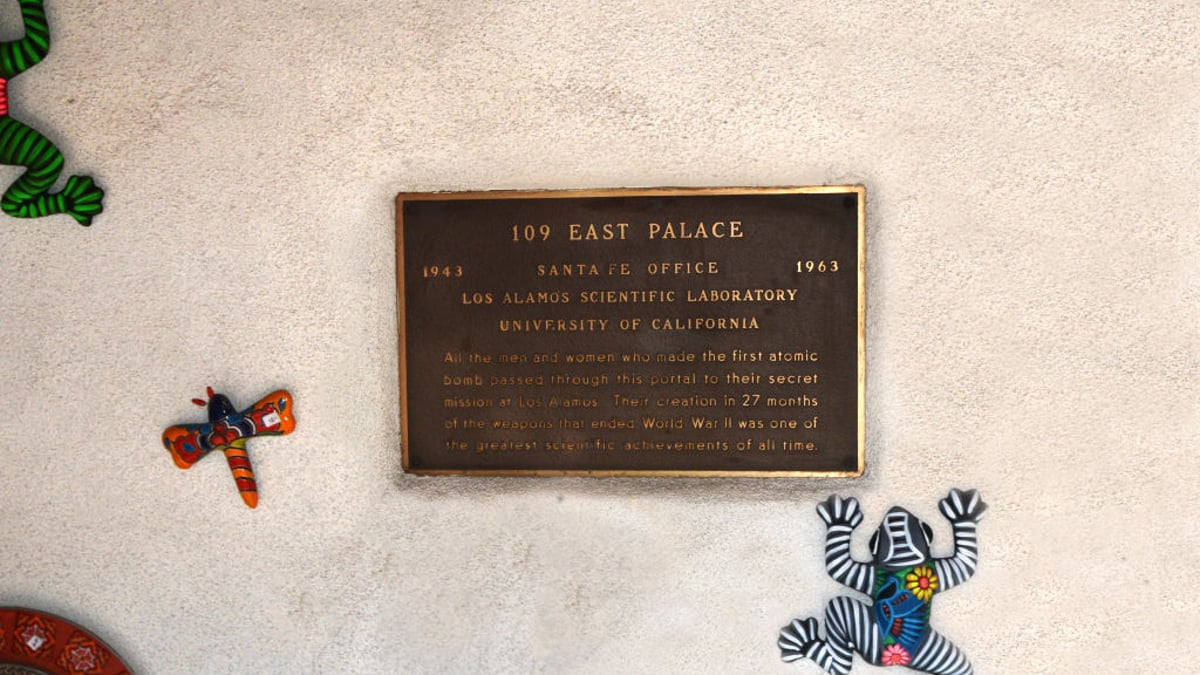
In the initial period after the blast, much of the expected radiation remained inside the mushroom cloud. However, as the wind picked up, that all began falling across a trail to the north/northeast. Despite Groves’ rushed efforts, several families living on ranches were not included in the army survey to clear the land surrounding the blast and, as a result, received incredibly strong doses of radiation but avoided outright physical injuries. Numerous farm animals saw more obvious damage, with skin lacerations, burns, and hair loss.
In the years after the blast, the true health impact of Trinity on residents of the state of New Mexico began to be understood. Many were told it was a regular army explosion, but in the following decades, 30,000 or so of those local to the blast were victims of various rare types of cancer. Part of this could have been because of the government’s secrecy, which led to many residents spending time in the irradiated zone and even taking some of the radioactive green glass caused by the bomb home as a kind of souvenir.
The long-term effects on things like underground water and livestock still hasn’t really been fully processed, although there’s no doubt the radioactive ash that settled on vast swathes of New Mexico land contributed to a number of early deaths. The actual town of Los Alamos, however, was relatively unaffected by the blast, as it was so far away. As a result, the scientists and government officials managed to avoid real damage while locals suffered.

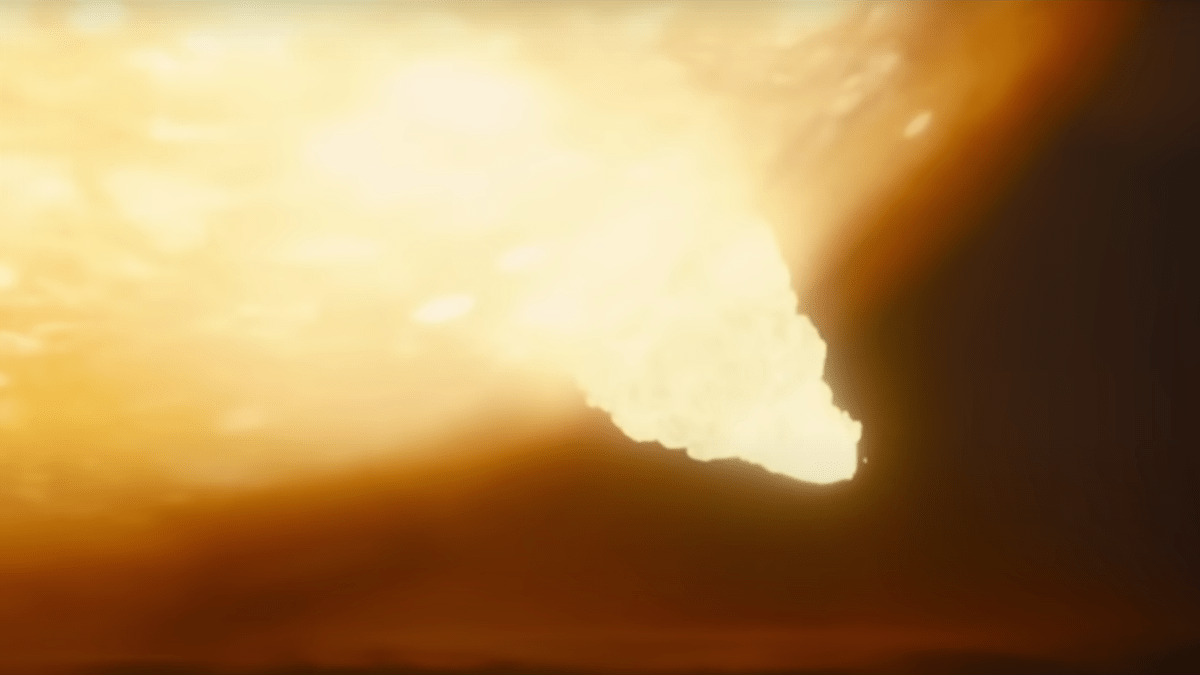


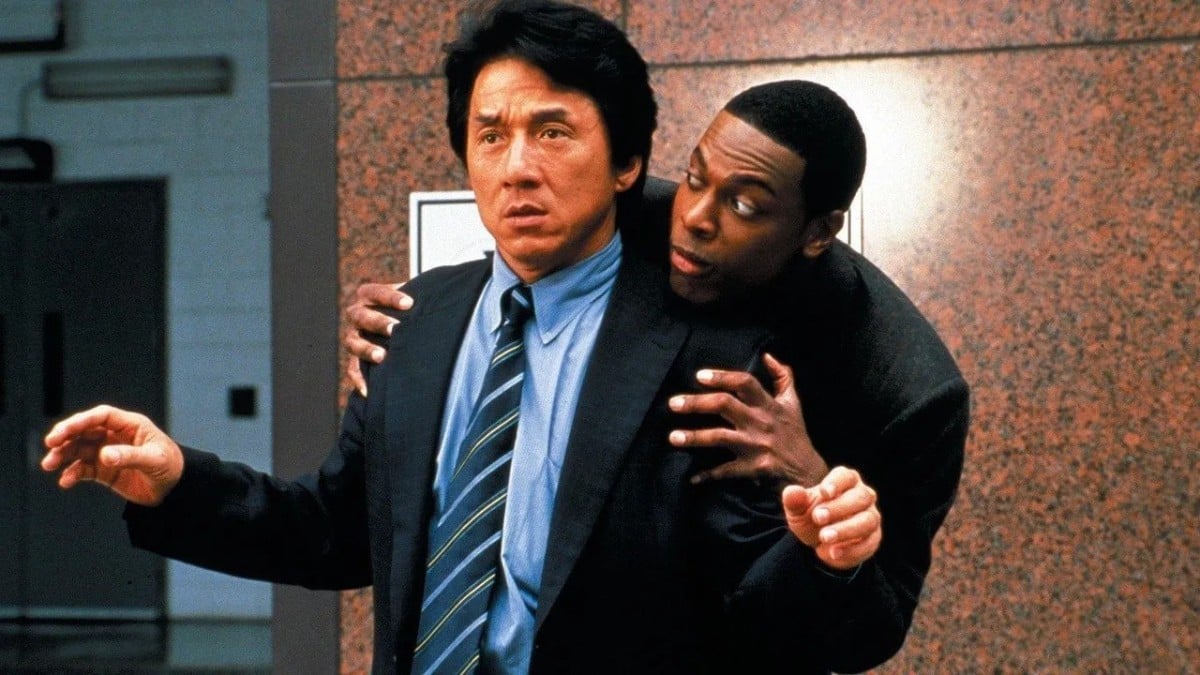
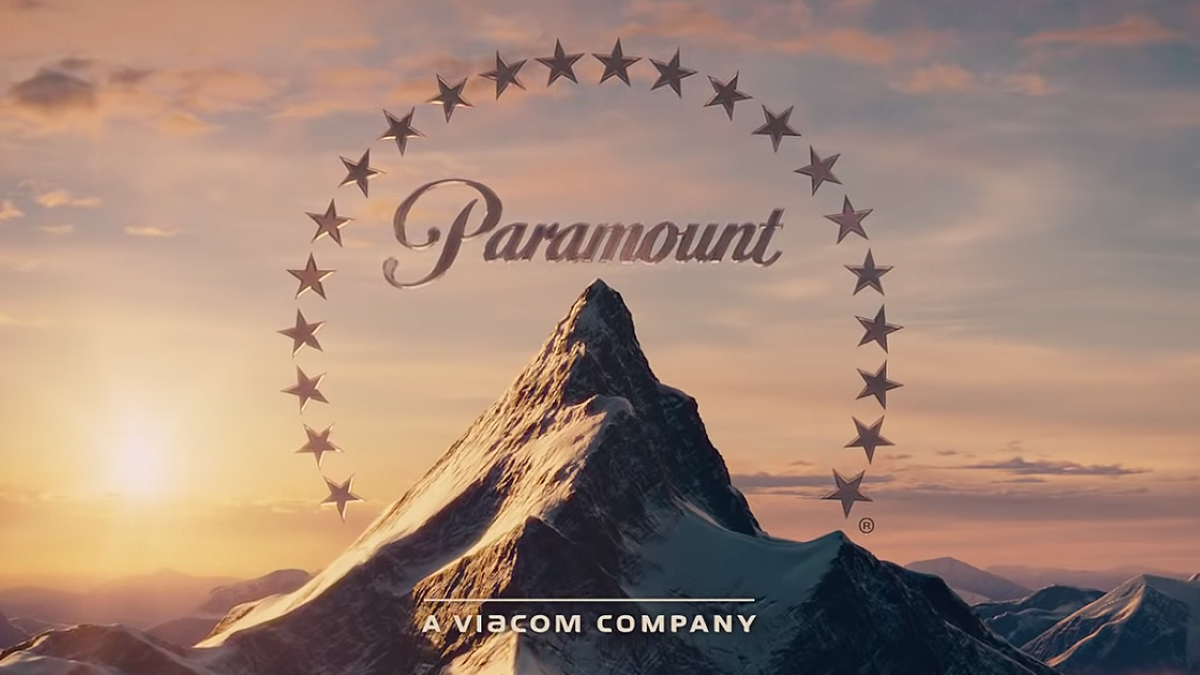
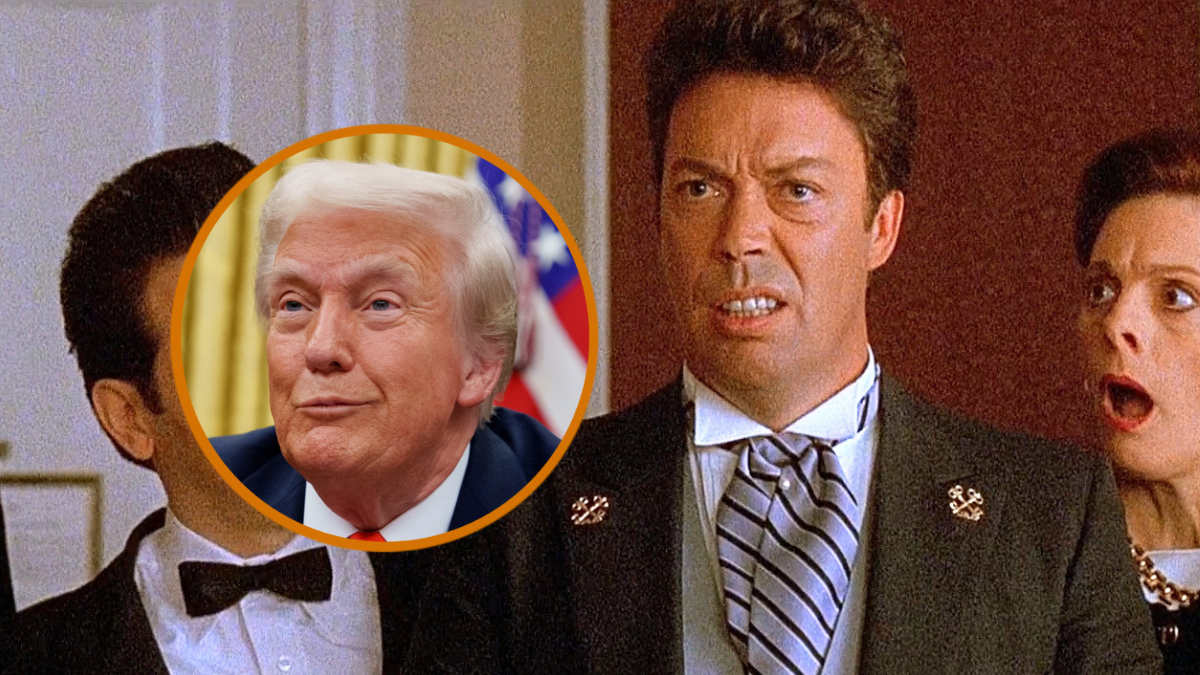


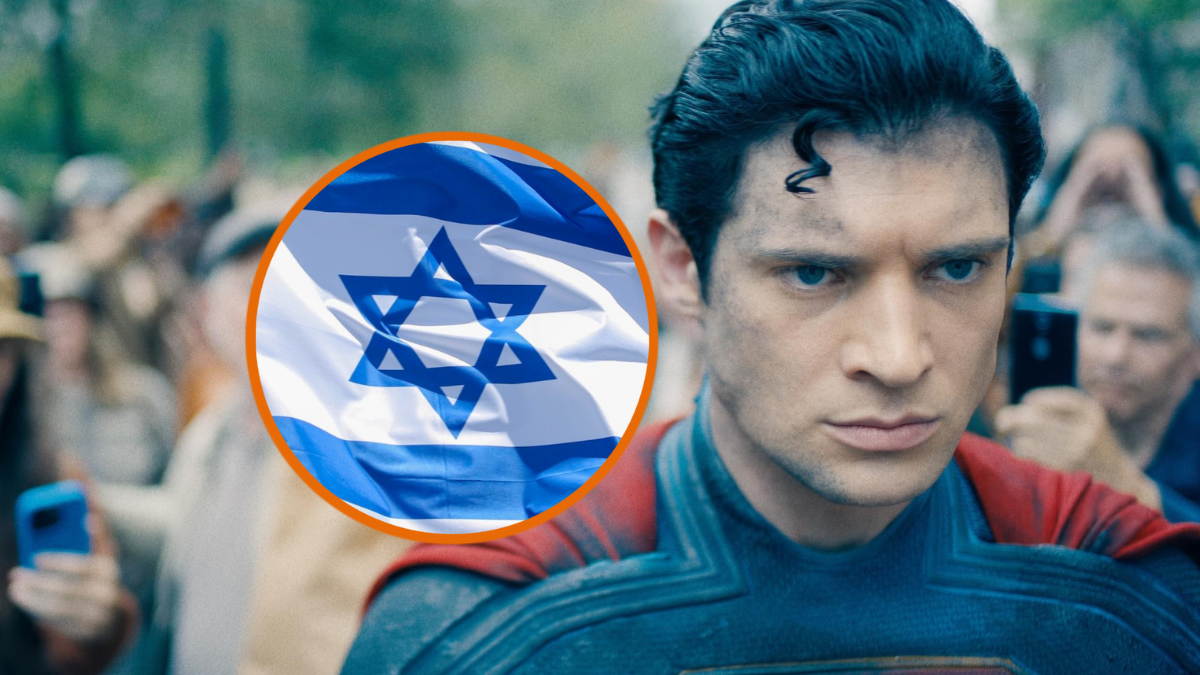
Published: Jul 19, 2023 04:06 pm